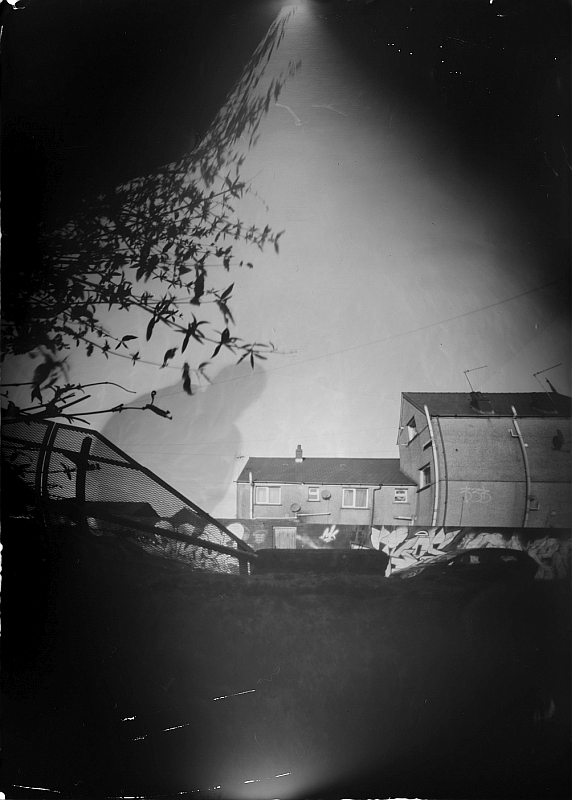
Michaela Davidova
Tilburg
Niderlandy – Nederland/the Netherlands
Michaela is a Czech artist currently based in Tilburg, the Netherlands. She graduated from BA (Hons) Artist: Designer Maker in Cardiff, Wales and at the moment, she studies MA Ecology Futures in s'Hertogenbosch. Her passions are grounded in alternative photography and craftivism with interests in DIY culture, media archaeology and psychogeography. She is keen on collaborating or providing the workshops in sustainable photography.
Michaela investigates the imprints in the environments manifested through the material witness and more-than-human entanglements. She is interested to take on different perspectives, exploring the stories revealed by the vibrant matter, and by 'what is left around'. She often tackles her concerns with the light-sensitive properties of the photographic medium, works on the cross section of pseudoscience-art practice, and/or creatively engages in public realm.
Her hands are curious with material properties and her mind wonders in speculative narratives.
The Hoard of the World Seen Through the Eye of an Aluminium Can, 2017-ongoing
The abjected boxes, tins and cans catch my attention. As a pinhole photographer and craftivist, I want to respond to the call of rubbish and make pinhole cameras out of the found containers, carefully inserting them in the same place, and in the same position to take a pinhole image from their perspective. The aluminium cans are prevailing. How is the world seen through the eyes of those rejected objects? And is it me who is the photographer or the object itself? Is it a person who left the litter on the spot, the wind that drifted it to the sideway or a seagull that got curious? Can we shift the gaze and while we are being looked at by the objects around can we think of stories the vibrant matter reveals to us? I am tracking the GPS location and taking a digital image recording a visual position of litter. I clean it on spot and turn it into the pinhole camera. Afterwards, I place such cameras in the same position as found and take the pinhole image at their height. When I am finished I load that information with the image into the open map and leave the camera on-site for anybody to pick up and take away. The pinhole images are showing the world in its own imperfections. The fingerprints, the ghosts and the patches of the developer reveal the material quality of the light-sensitive material and reflect the direct encounter I have with the object. The wide-angle view is resembling the view of an alien who is watching us somewhere from a distance. Turning the alien into a hoard. Eventually, I pick the containers and bring them to the workshop to make pinhole cameras together with others.
On the occasion of OFFO 2021, I reprinted positive photographs in a darkroom on a fomabrom variant matte paper using the homemade developer made of a wasted beer collected in the restaurant where I occasionally work closing shifts.